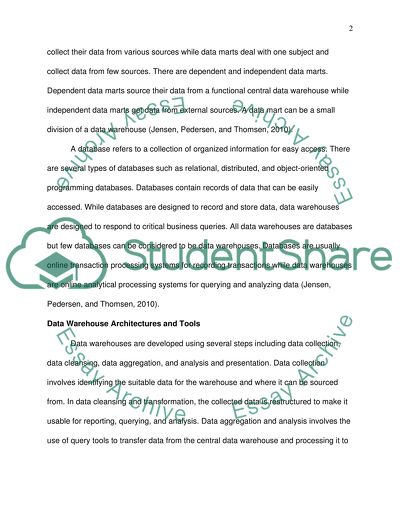Cite this document
(“Data Warehouse, Data Mart and Business Intelligence Essay”, n.d.)
Retrieved from https://studentshare.org/information-technology/1445136-data-warehouse-data-mart-and-business-intelligence
Retrieved from https://studentshare.org/information-technology/1445136-data-warehouse-data-mart-and-business-intelligence
(Data Warehouse, Data Mart and Business Intelligence Essay)
https://studentshare.org/information-technology/1445136-data-warehouse-data-mart-and-business-intelligence.
https://studentshare.org/information-technology/1445136-data-warehouse-data-mart-and-business-intelligence.
“Data Warehouse, Data Mart and Business Intelligence Essay”, n.d. https://studentshare.org/information-technology/1445136-data-warehouse-data-mart-and-business-intelligence.


